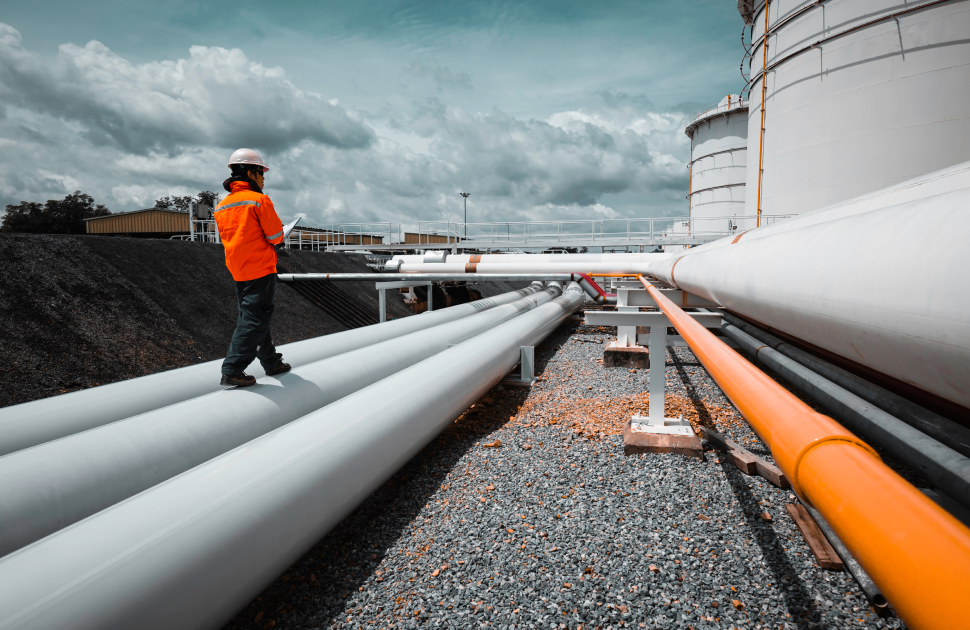Advanced Non-Destructive Testing Services: Benefits and Applications
Non-destructive testing (NDT) is a crucial part of quality control in industries such as aerospace, nuclear, and energy. It involves the use of specialized techniques and equipment to detect and locate defects in materials and components, without causing damage or altering the integrity of the tested item. In recent years, advanced NDT techniques have emerged that offer even greater precision and sensitivity than traditional methods. In this article, we will discuss some of the most commonly used advanced NDT services and their benefits and applications.
Computed Tomography (CT) Scanning Services
Computed Tomography (CT) scanning is a non-invasive imaging technique that uses X-rays to create detailed 3D images of the internal structure of a material or component. It is commonly used to detect a wide range of defects, including voids, cracks, and inclusions. CT scanning is particularly useful for detecting defects in complex geometries or hidden areas that are difficult to access. It is widely used in the aerospace, automotive, and medical industries, among others.
Thermography Services
Thermography is a non-destructive testing technique that uses infrared cameras to detect temperature variations on the surface of a material or component. Temperature variations can indicate the presence of defects such as leaks, cracks, or corrosion. Thermography is particularly useful for detecting defects in electrical systems, buildings, and pipelines. It is also used in the aerospace and automotive industries for detecting defects in composite materials.
Acoustic Emission (AE) Testing Services
Acoustic Emission (AE) testing is a non-destructive testing technique that uses AE sensors to detect and locate specific types of defects such as cracks, corrosion, and leaks in pressurized systems. AE testing is particularly useful for detecting defects in pipelines, storage tanks, and pressure vessels. It is also used in the aerospace and nuclear industries for detecting defects in critical components.
Digital Radiography (DR) Services
Digital radiography (DR) is a non-destructive testing technique that uses digital radiography detectors to capture radiographic images, rather than film. DR services offer faster image acquisition, higher resolution, and the ability to manipulate images digitally. DR services are particularly useful for detecting defects in complex geometries or hidden areas that are difficult to access. They are widely used in the aerospace, automotive, and medical industries, among others.
Eddy Current Array (ECA) Services
Eddy Current Array (ECA) services are a non-destructive testing technique that uses ECA probes to detect subsurface defects in conductive materials. ECA services are commonly used in aerospace and industrial applications. ECA services are particularly useful for detecting defects in welded structures, as well as detecting cracks and corrosion in turbine blades.
Laser Shearography Services
Laser Shearography is a non-destructive testing technique that uses laser technology to detect surface and subsurface defects in materials. It is particularly useful for detecting defects in composite materials, such as those used in the aerospace and wind energy industries.
Phased Array Ultrasonics (PAUT) Services
Phased Array Ultrasonics (PAUT) is a non-destructive testing technique that uses PAUT probes to create high-resolution images of the internal structure of a material or component. PAUT services are particularly useful for detecting defects in welds, as well as for detecting corrosion and delamination in composite materials. PAUT services are widely used in the aerospace, automotive, and oil and gas industries, among others.
Neutron Radiography Services
Neutron Radiography is a non-destructive testing technique that uses neutrons to create radiographic images of a material or component. It is particularly useful for detecting defects in dense materials, such as those used in nuclear reactors and aerospace applications.

(1).png)








